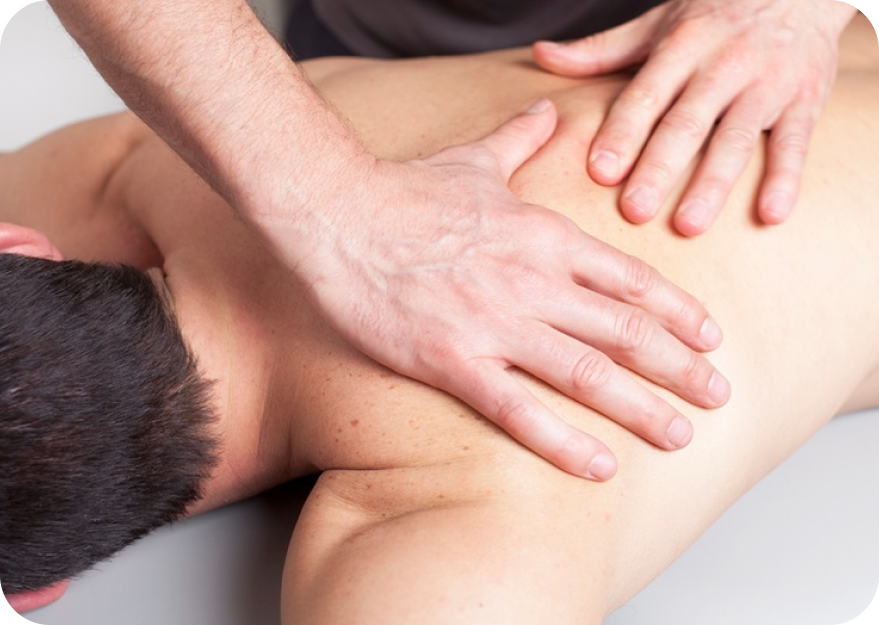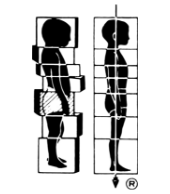ABOUT DR. IDA ROLF
Ida Pauline Rolf is the inventor of Structural Integration and the namesake of it's common name Rolfing. She was born in 1896 in New York City where she was raised attended Barnard College, graduating in 1916. In 1920, she graduated from the Columbia University College of Physicians and Surgeons with a PhD in biological chemistry, no small feat for a woman at the time.
In the 1930's Ida began seeking answers to family health problems. Unable to find her answers in the medical knowledge of the time, she turned her sights on practices including osteopathy and chiropractic, yoga and Alexander technique. It was during this time that she came to view the myofascial system of the body as a key to changing posture and alignment. By hands-on manipulation of the fascia, she was able to achieve great changes in the way the body shaped and moved. Dubbing this new system of work "Structural Integration", Dr. Rolf spent several decades travelling the world promoting SI work, aiding clients and teaching new practitioners. During a teaching stint at the Esalen Institute in California, Ida's classes were dubbed "Rolfing" a name which has since stuck with her work.

In 1971, Dr. Rolf founded the Rolf Institute of Structural Integration in Boulder, Colorado. It's mission was to train new practitioners, educate the public, and promote further research into fascia. Today, the Rolf Institute has expanded to include branches in Brazil, Germany, Japan, and Australia. Dr. Rolf passed away in 1979, just a few years after founding the school that now continues her legacy. Today, the Ida P. Rolf Research Foundation seeks to carry on the work of Ida Rolf by funding research into the nature of fascia. To find out more or to donate, you can visit www.rolfresearchfoundation.org
This is the gospel of Rolfing: When the body gets working appropriately, the force of gravity can flow through. Then, spontaneously, the body heals itself. So many therapists are striking at the pattern of disease, instead of supporting the pattern of health. One of the things that you as Rolfers must always emphasize is that you are not practitioners curing disease; you are practitioners invoking health. Invocation is possible by an understanding of what the pattern is, the structural pattern of health. Over and over again, people come to me, and they tell me, You just don't know how strong I am. They say "strength" and I want to hear "balance." The strength idea has effort in it; this is not what I'm looking for. Strength that has effort in it is not what you need; you need the strength that is the result of ease.

RDU Rolfing
We handle your books, so you can confidently handle your business.

Rolfing takes a holistic approach to improving your quality of life through your body. By realigning your body and re-educating your movement patterns, you can reduce or completely alleviate chronic pain issues, increase flexibility, and have more energy. Rolfing often allows clients to reduce or eliminate their dependence on expensive or time consuming maintenance programs they were on with chiropractors, massage, or just gritting their teeth through aches and pains.
This is an important concept: that practitioners are integrating something; we are not restoring something. This puts us in a different class from all other therapists that I know of. It takes us out of the domain designated by the word "therapy," and puts us in the domain designated by the word "education." It puts our thinking into education: how can we use these ideas behind Structural Integration? How do we put a body together so that it's a unit, an acting, energy efficient unit? One of the differences between Structural Integration Practitioners and practitioners of medicine, osteopathy, chiropractic, naturopathy, etc., is that the latter are all relieving symptoms. They make no effort to put together elements into a more efficient energy system.
